Lego isn’t the only plastic toy with a gender problem.
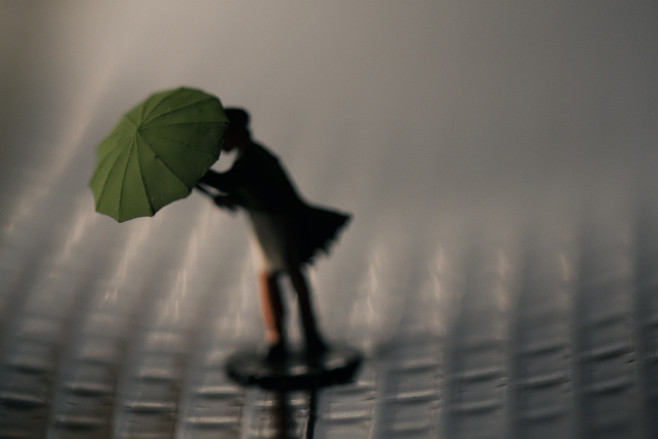
The economic uncertainty of the Great Depression created the need in the model hobbyist arena for less expensive, space saving train layouts. Through this HO scale/H0/1:87 – ‘half O’ scale was born. This scale, in which the people are roughly 2 cm tall, boomed in the 1950s and became the most popular scale for realistic model layouts in the 1960s. It remains the most popular scale today.
This popularity means more houses, scenery, people, etc. etc. But the time period in which its manufacturing exploded, is where most the items available on the market here in 2017 still reside.
Let’s take Preiser’s line of HO scale figures for example.
Preiser is a scale model manufacturer known in part for its precision hand painted, and thus high quality figures. The most recent catalog I can find available online is theirs from 2015 so here goes. The HO scale section spans pages 2 – 183 with up to 18 sets of 3 – 12 figures or so per set. Here’s a deep dive into just the very first section, pages 2 – 13. Download for your own perusal here: https://www.rocousa.com/preisercatalog.htm
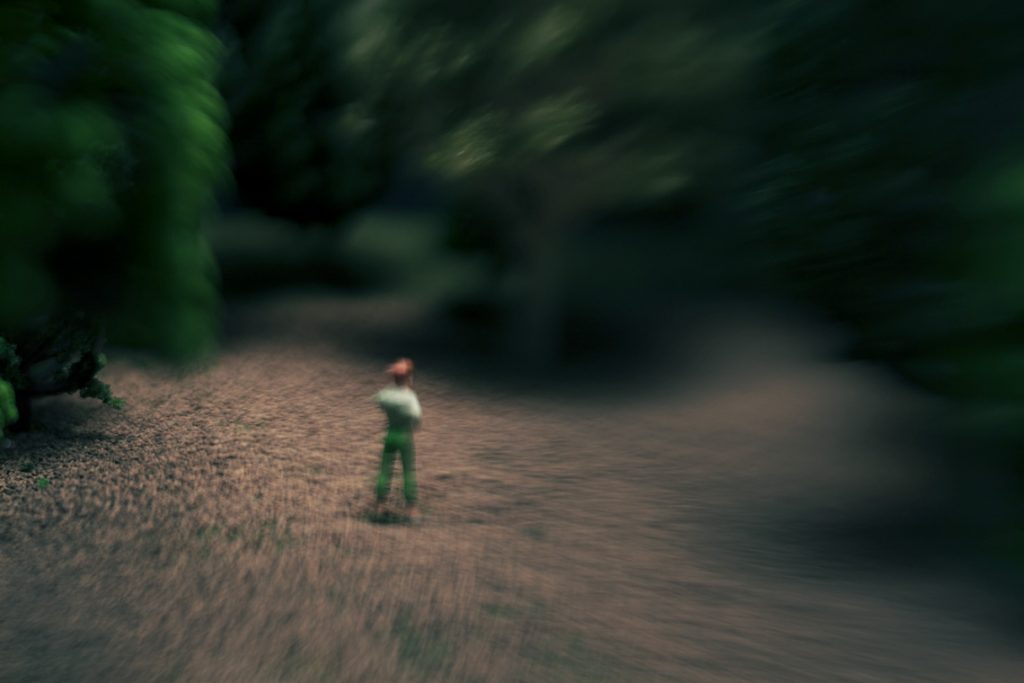
On these pages, excluding children, there are 480 men and 263 women. That’s 65% men to 35% women. Within those numbers the women hold the following 25 roles:
- Passenger
- Railway personnel
- Mother
- Farm Worker
- Housemaid
- Gardener
- Photographer
- Bride
- Wedding Attendee
- Beach Goer
- Housewife
- Roller skater
- Tennis Player
- Nudist sunbather
- Nude model
- Nurse
- Traveler
- Cyclist
- Dancer
- Motorcyclist
- Waitress
- Golfer
- Figure skater
- Swimmer
- Skier

Men, on the other hand hold the following 38:
- Construction/Maintenance
- Passenger
- Railway Engineer/Track Worker
- Farm Worker
- Trucker
- Gardener
- Soccer player
- Referee
- Coach
- Minister/Reverend
- Motorcyclist
- Fisherman
- Photographer
- Film Crew
- Roller skater
- Beach Goer
- Groom
- Wedding Attendee
- Cyclist
- Painter
- Sculptor
- Traveler
- Emergency services
- Nurse/doctor
- Dancer
- Police Officer
- Friar
- Musician
- Firemen
- Innkeeper
- Waiter
- Mountain Climber
- Postal Worker/ Delivery man
- Golfer
- Diver
- Figure skater
- Swimmer
- Skier
Gender may be one noticeable gap, especially when it comes to the roles represented. But even more so is race with almost all of the figures available being white. The non-white figures sets are typically marked as such. And on this small sampling of 12 pages, 1 of the142 sets was of non-white figures – these were Japanese, and unmarked there are 4 woman and 1 man in 3 different sets that look like they may be black. That’s a total of 11 figures, 1.5% of all on these pages.
All this said, I don’t know that I’m actually trying to effect change here.
Many of the figures produced across all model train manufacturers are models that have been produced and re-produced for years and years. Train modeling is a nostalgic hobby practiced largely by white, middle aged men and therefore what is sold is going to be directed at them.
So, I think instead, those of us who photograph them have to simply be aware of the selections we’re making and what we end up portraying in our images. HO scale figures come in a huge number of options. There may be a gender gap and most definitely an ethnicity gap, but search hard enough and you might just find what you’re looking for. If all else fails, customize, modify, and paint away.
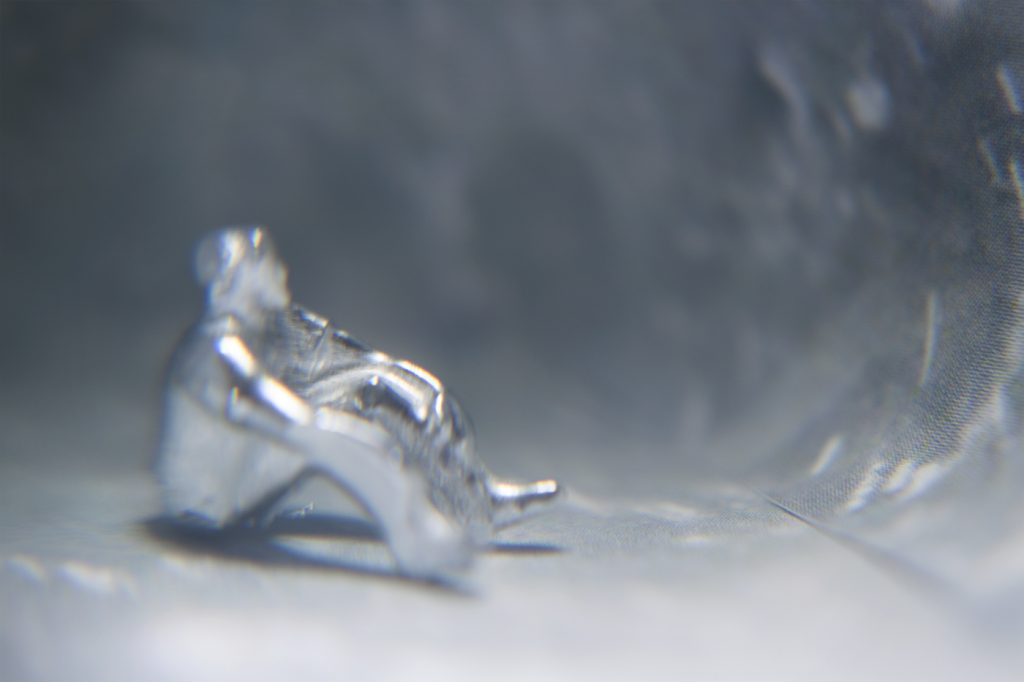


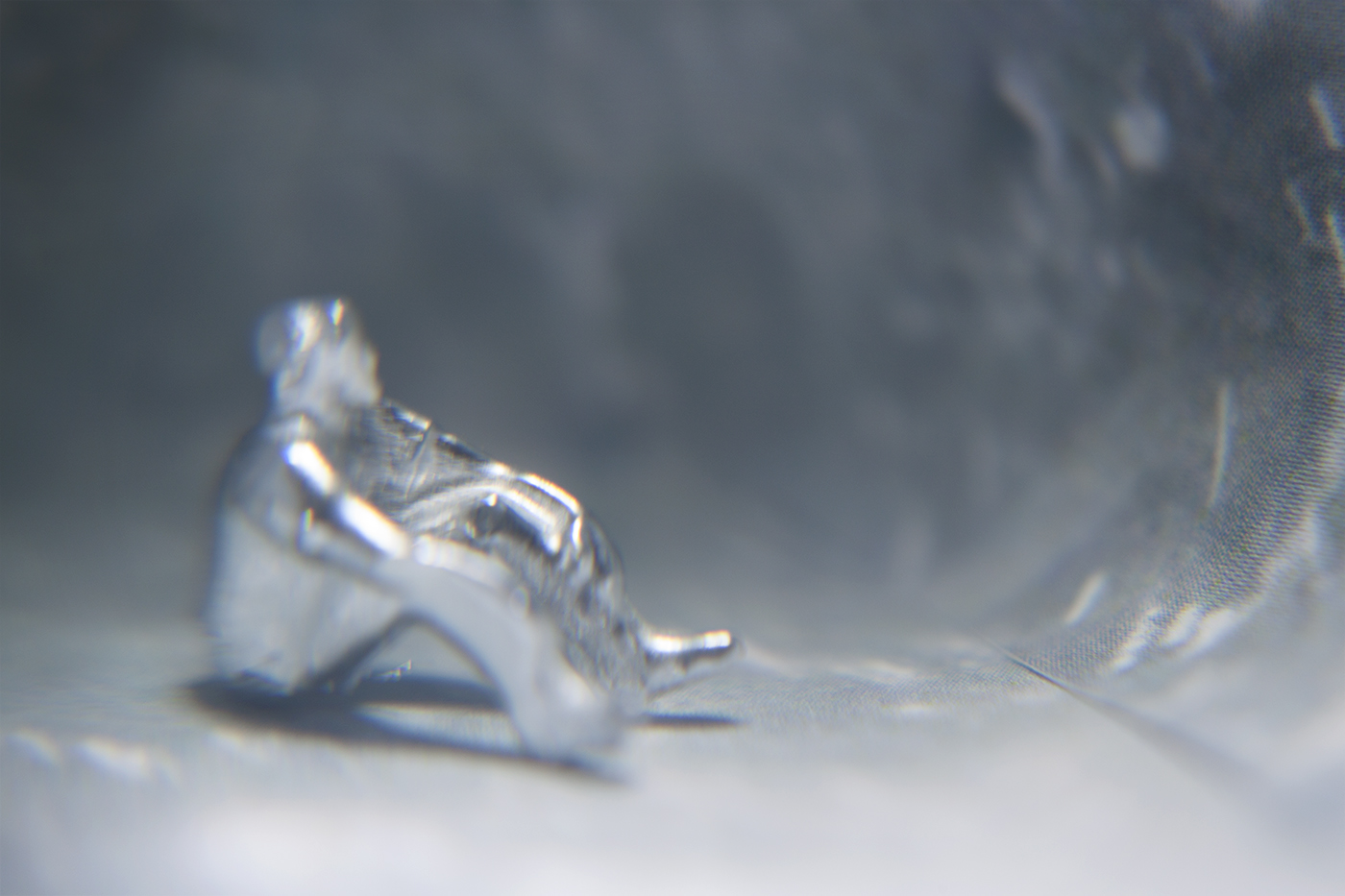
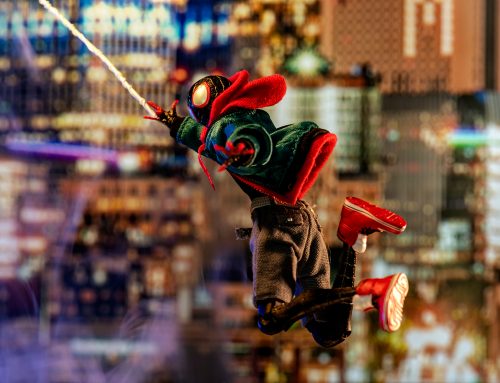
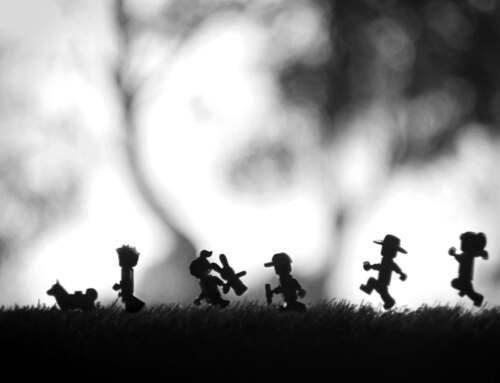
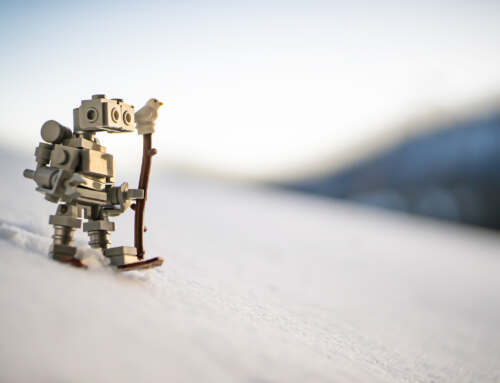
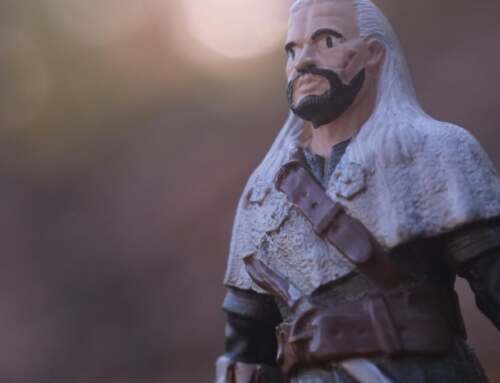
This is an interesting topic. Its hard to really know what to think. Some of the male choices tho, are distinctly male – only men can br Friars for example.
The gap in genders doesn’t seem to be that large, from what I can tell. Its not 50/50, but then, I’m not sure it needs to be. Also, it is hard to try to change things even if you wanted to.
For example, look at Lego… a lot of their stuff is based on existing universes. There are only so many Star Wars female characters, so it makes sense there are only so many Star Wars female minifigs (for example).
However, one thing I am trying, when I can and it makes sense for my images, is to conciously decide “does the minifg I am shooting need to be male? If not, why not chose a female one, just to be different.”. We may not be able to change the product line of the companies our toys come from directly, but if we help normalize the genders in our work, then we can perhaps influence our audience… just a little bit.
It’s good you’re thinking about gender in your work. I’m female and still tend to gravitate toward male figures, so it’s something I try to be aware of as well.
And I agree, there’s no need for toy lines to have a 50/50 gender ratio. However, train model figures do not rely on franchises for their characters, they are simply representations of everyday roles. Maily I wish women were present in more of the career oriented lines – firefighters, police officers and sothers where there’s no call for a gender divide.
Thanks for this post on my favourite line of mini figures, Jennifer. As we agreed before, Preiser’s world is slightly outdated – which accounts for some of its appeal at the same time (just to pint out the other sinde of the medal). And as you already noted, the world of the railway used to be, and partly still is, ‘a man’s world.’ I am not here to judge since, as you say, it is our choice which figures we photograph and in what context. Writing this, I realize that Preiser’s representation of sex and gender cries for narratives like the hard boiled detective story.
Since you mention race as well (and I realize Preiser is so stereotype that I almost do not want to use their Africans or Asians) – when I first came to the States in 1990, one of the most striking things – apart from “hey, many things look like in the movies” – was the racial diversity you could exerience just everywhere. Here in Germany, Africans and Asians were far more exotic, and to an extent still are. So Preiser, being a German company, might reflect just that (perceived?) social reality… Interesting point though; I never gave it much thought.
My favorite line as well, and even after writing this will remain so because of the quality of their figures. I too actually avoid their non-white figures as they seem to be very stereotyped. But it’s sad to say that that means my images tend to feature Caucasian figures – I just try to make the story line not rely solely on their race, and to a degree, as I’m white, it works as a self portrait.
I appreciate your point about Preiser as a German company, and you probably are quite correct in that their product output reflects their world view. It will be interesting to see if that ever changes over time.
I personally do wish their were more women doing things in the line, like farmers, doctors, police officers. But I do appreciate that taken out of the packs their in and thus separated from the roles presiser has given them, often their clothes are normal or obscure enough to really work in whatever scene they’re put in. Less than half the figures may be women, but you really only need a handful of versatile figures to make a huge range of photos.